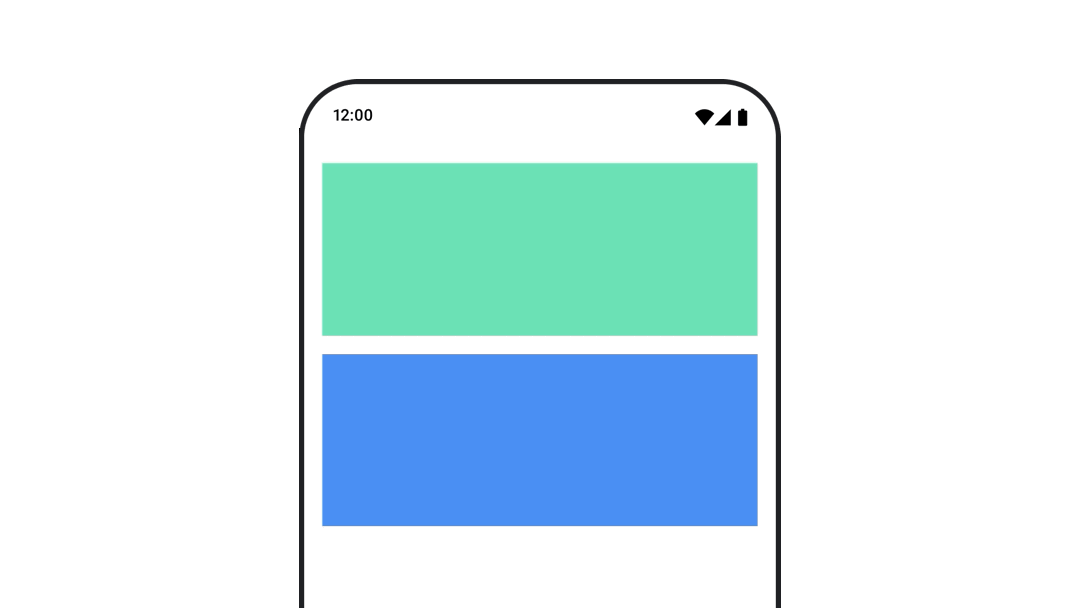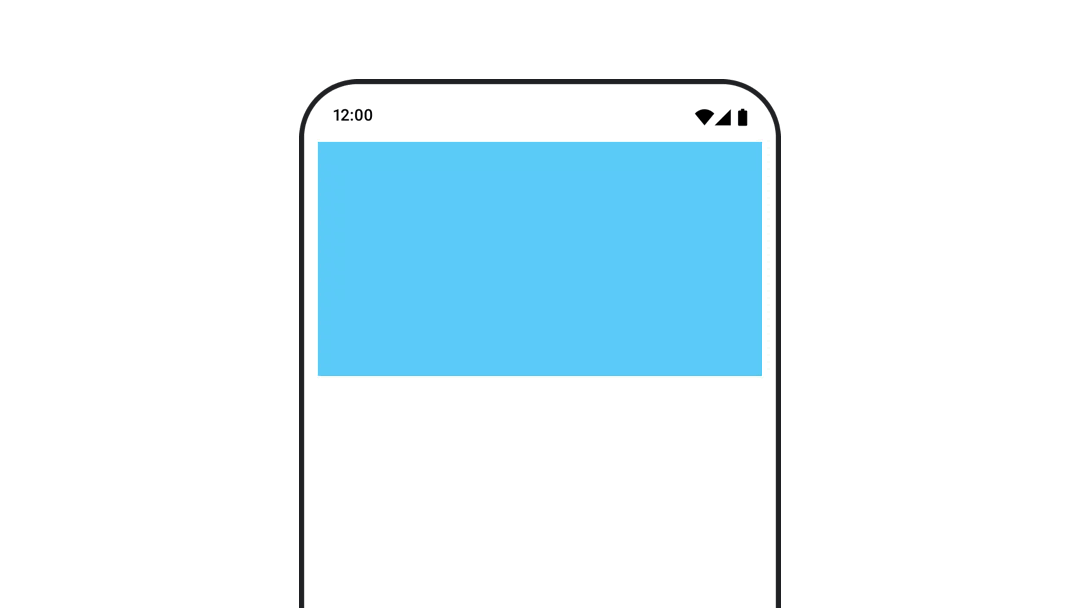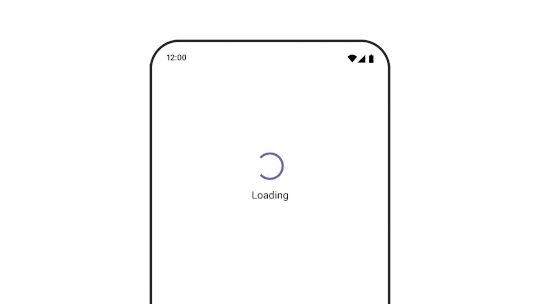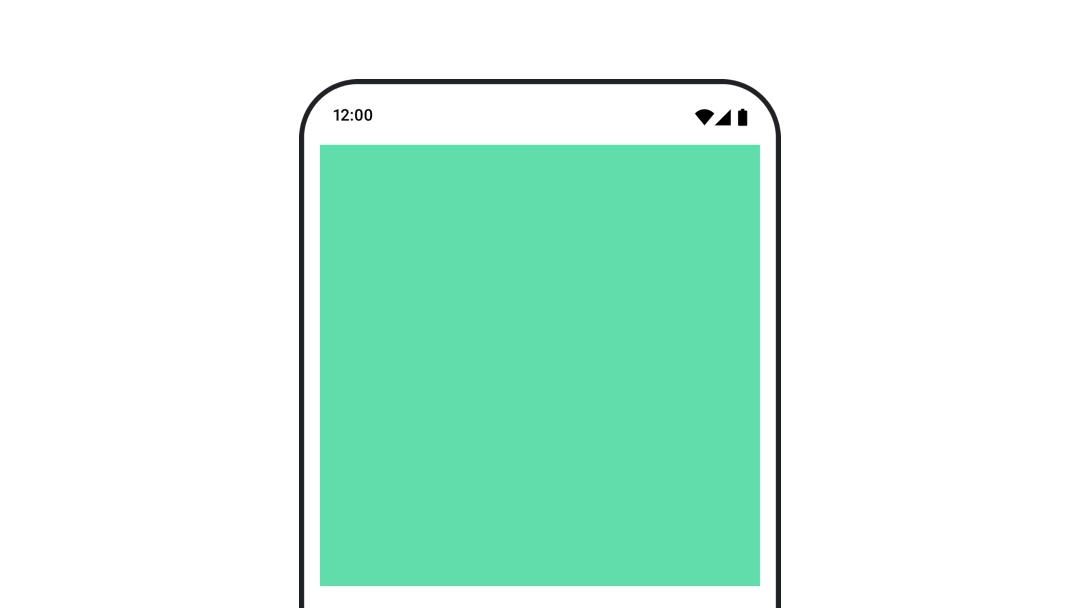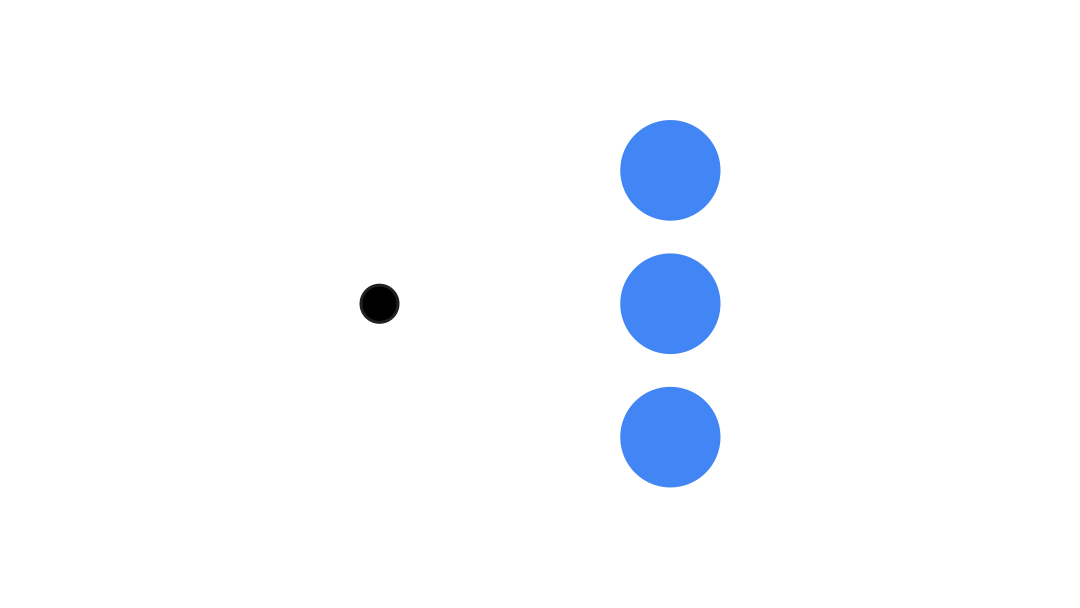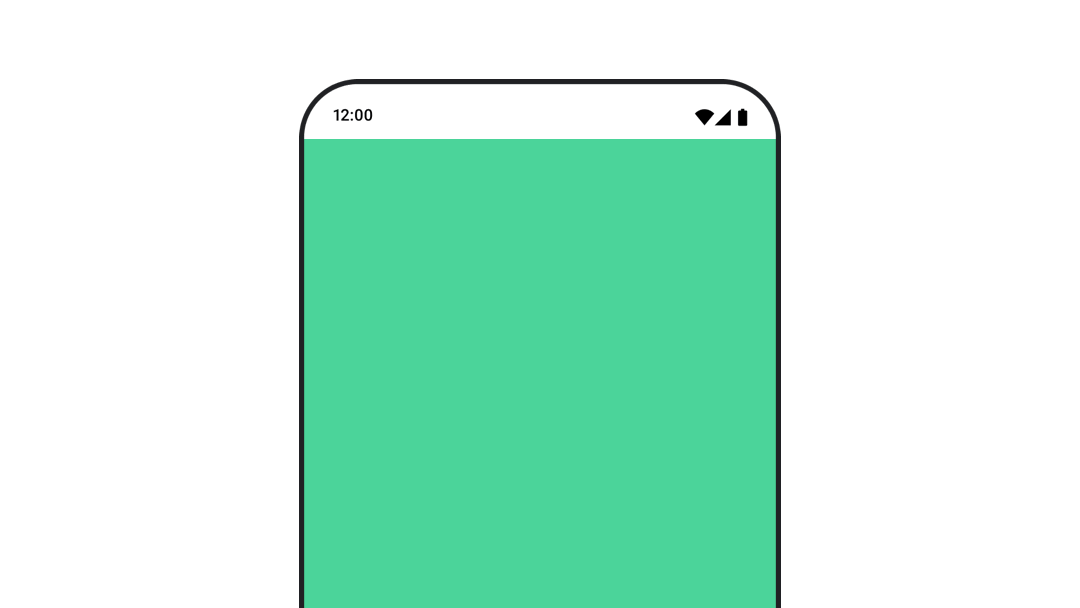Compose 中的动画
为了实现流畅、易于理解的用户体验,动画在现代移动应用中必不可少。
动画修饰符和可组合项
为出现和消失添加动画效果
借助
AnimatedVisibility 可组合项,您可以轻松隐藏或显示内容。
为内容大小变化添加动画效果
使用
animateContentSize() 实现自动调整大小的动画。
在不同的可组合项之间添加动画效果
使用
AnimatedContent 在包含不同内容的可组合项之间添加动画效果。
基于价值的动画
为单个值添加动画效果
使用
animate*AsState 函数为单个属性(例如不透明度)添加动画效果。
为多个值一起添加动画效果
使用
Transition 一次为多个值添加动画效果。
无限期地为属性添加动画效果
使用
InfiniteTransition 可持续为属性添加动画效果。


